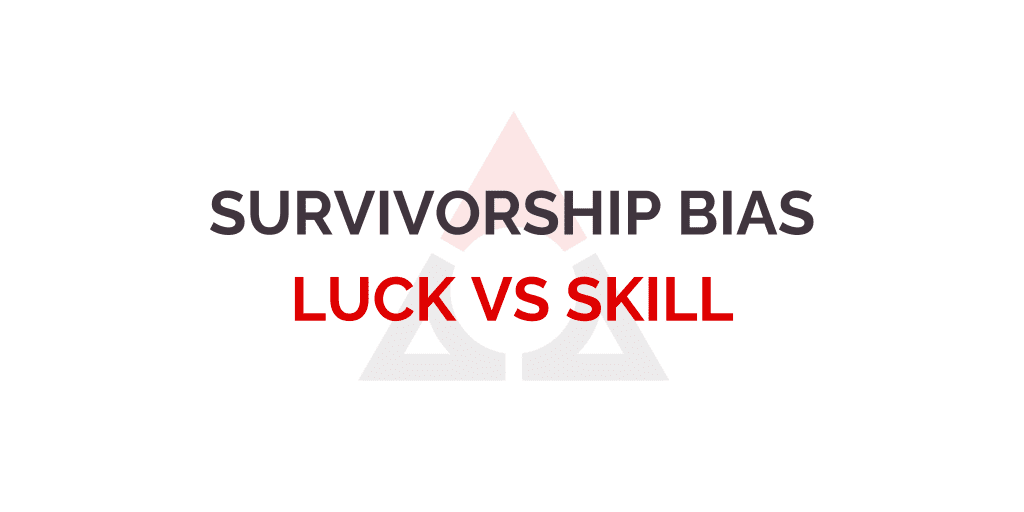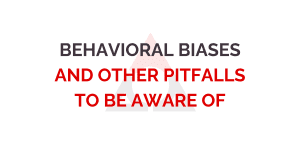As I write this post, it is the second round of the 2023 NCAA tournament. I proudly boast a near perfect bracket – having selected the winner of 29 of the first 32 games correctly.
I check my bracket’s ranking; it sits at #845 in the world – out of the roughly 17.3 million brackets created on ESPN’s Tournament Challenge. I am tempted to share this with the world – post a screenshot to my social media, share it with my friends at the party we will attend tonight, maybe even write a blog post about what a skilled game picker I am.
The reality is I’ve only told you part of the story.
What is the rest of the story? Well, the bracket I am so eager to boast about is one of 25 brackets I created (the most ESPN will let you create, by the way). The performance of these brackets is all over the map including one that is in the bottom 1 percent of all brackets.
Furthermore, I can’t even claim the skill of having made the selections on my near perfect bracket. After having thoughtfully crafted a few (eh, 5) brackets I got lazy and started using the feature that would randomly pick the outcomes for my remaining 20 brackets.
Despite the intrigue of becoming known as some sort of college basketball predicting mastermind, the truth is there was literally no skill in the result I’m so eager to boast about. None.
There is a name for this sort of behavioral heuristic where one might look past results that did not make it through a selection process and only consider the one’s that did – survivorship bias. The trained eye is keenly aware of the existence of this bias and recognizes that it lurks around every corner. The untrained eye is impressed by self-serving half-truths.
Cocktail Party Chatter
The part of my ego that wants everyone to think and see how smart I am is tempted to share my skills picking college basketball games with everyone I encounter to impress them. You’ve likely experienced this phenomenon yourself at a cocktail party or social gathering at some point – or you’ve been the braggart on the other end.
We’ve all listened to a friend talk about the high-flying investment that they picked that doubled in value in six months. Or the other friend that was in cash during the global financial crisis of 08-09. Or the one that bought Amazon in 1999.
We hear their stories, we become jealous, we think it must be easy (because, frankly, we recognize that this friend is not that smart). Our friends’ stories sound impressive in isolation but often the story is less impressive when the survivorship bias lens is removed and the full truth is revealed.
The friend that bought the high-flying investment that doubled – he didn’t tell you about the other nine picks he made that are each down 90% in value.
The one that was in cash during the global financial crisis – he actually sold in October of 2008 after the market was already down 40%. Sure, he missed the bottoming in March of 2009 but he didn’t get back into the market until 2013 at which point the market had doubled.
Our friend that bought Amazon in 1999 – well he sold in 2001 at a loss. He couldn’t take the pain of a temporary decline and still drives a Mitsubishi instead of a Mercedes.
Lying with Statistics
It would be nice if this bias only impacted stories our friends tell (we only believe half of those anyway) but this bias is prevalent in marketing and commentary all over the investment profession.
Have you ever wondered why we never see commercials where XYZ fund company shares information about their fund that is in the bottom decile of performers? If we didn’t know any better, we’d think that every fund in existence was a top performer.
Part of this is by design.
The fund industry can erase the performance of underperforming funds simply by shutting them down or merging them into an existing fund. Through this cloaking mechanism they can create the illusion that the underperforming fund never existed.
According to a report published by S&P in 2017, approximately 58.5% of mutual funds were closed or merged over the previous 15 years. When closed, their performance disappears and when merged it is replaced by the fund that takes over.
These same games can be played by marketers of hedge funds and investment strategies. According to Hedge Fund Research, in Q3 of 2022 there were 71 fund launches and 145 fund closures. Due to watermarks associated with their payout structures combined with the marketing benefits of starting over, it is not uncommon for these alternative investments to close their doors, move across the street, and open a new shop under a different name.
What to do?
Awareness of survivorship bias and an intentional mindset to spot when you are succumbing to it is key to aligning your decision making with the optimal outcome as opposed to the convenient one.
How are your brackets doing? Are they really doing that well because you are a college basketball expert, or might there be some luck involved?
How about other areas of your life where predicting unknown outcomes are involved? Do you have a process to assess luck vs. skill?
Author Annie Duke provided a framework that I have found helpful in her book “Thinking in Bets”. I have used that framework to build a four question process I like to use any time I am going to make a prediction (or guess) so that I can think more deeply before making a decision and to examine whether I was correct because of my process or because of luck postmortem:
- On a scale of 1-10, how confident are you that your prediction is correct?
- What would have to happen for you to be correct?
- How could you be wrong?
- What are the implications if you are wrong?
We must be honest with ourselves to minimize the impact of survivorship bias. It is easy, and frankly feels better, to ignore the existence of this bias most of the time. That said, you must do so at your own peril.
Disclosure: Any opinions are those of Michael Dunham and not necessarily those of RJFS or Raymond James. The information contained in this report does not purport to be a complete description of the securities, markets, or developments referred to in this material. The information has been obtained from sources considered to be reliable, but Raymond James does not guarantee that the foregoing material is accurate or complete. Any information is not a complete summary or statement of all available data necessary for making an investment decision and does not constitute a recommendation. Investing involves risk and you may incur a profit or loss regardless of strategy selected.




